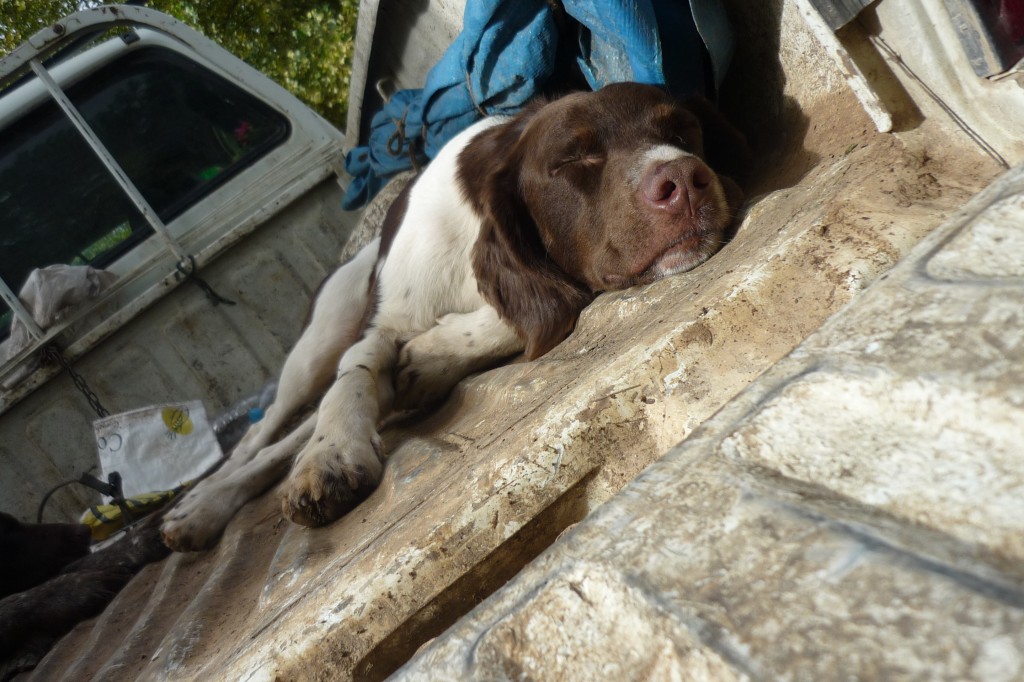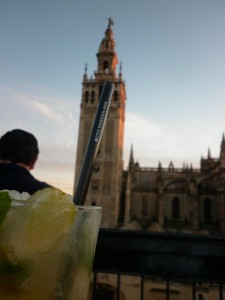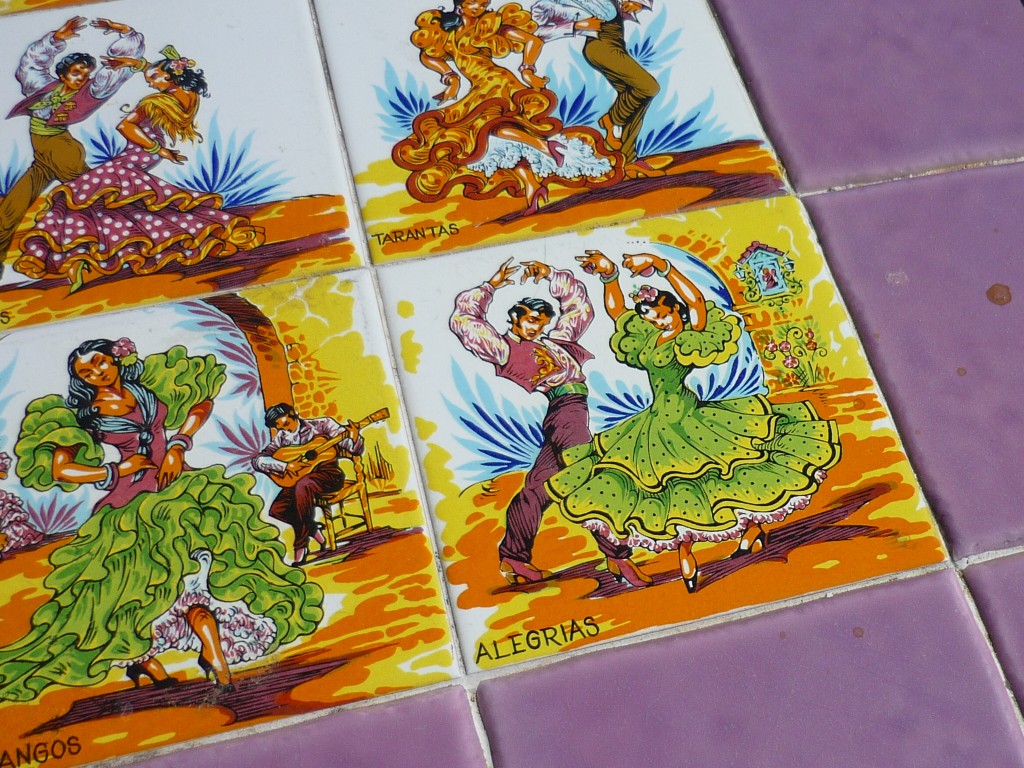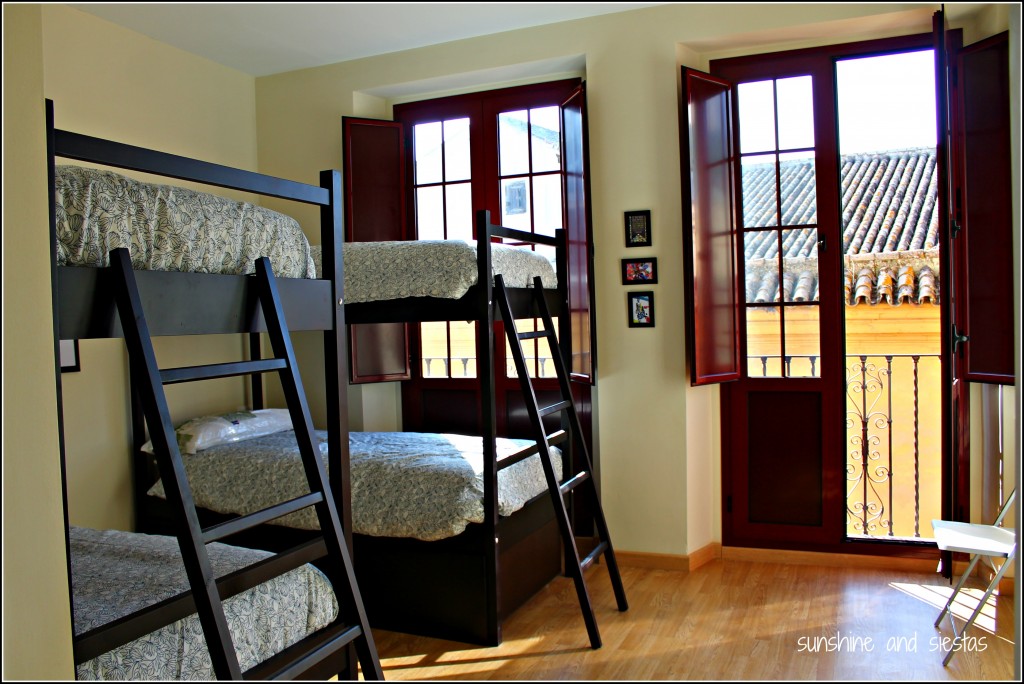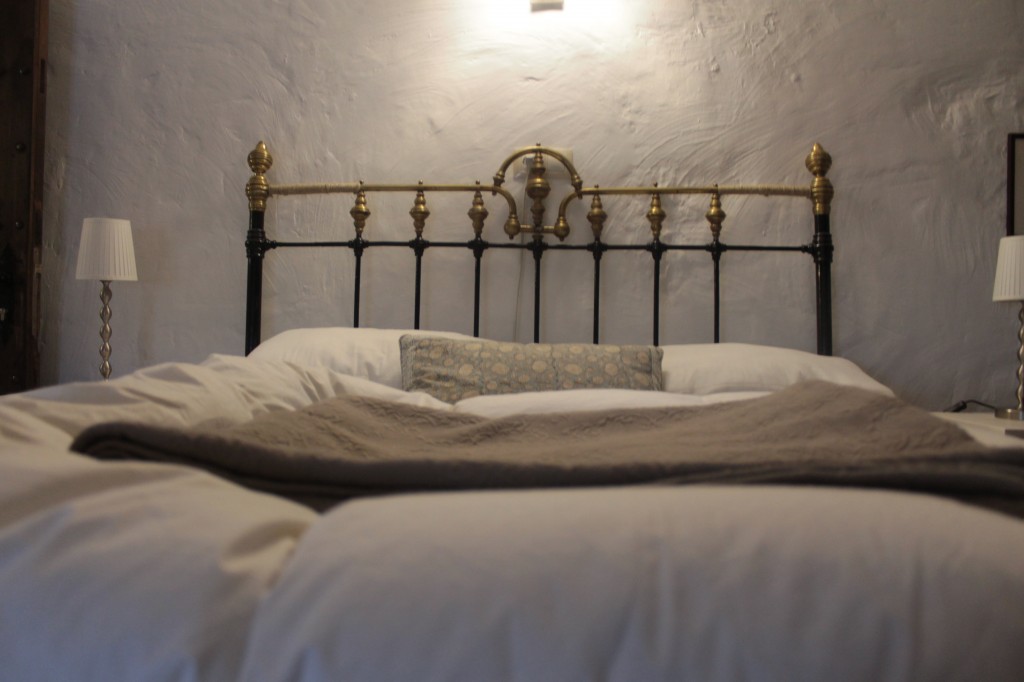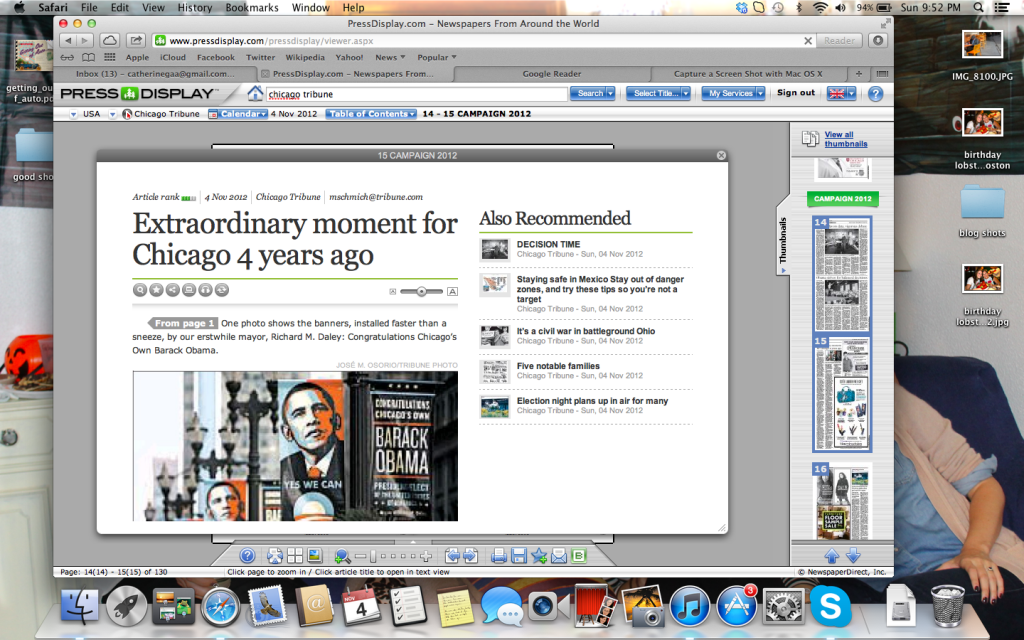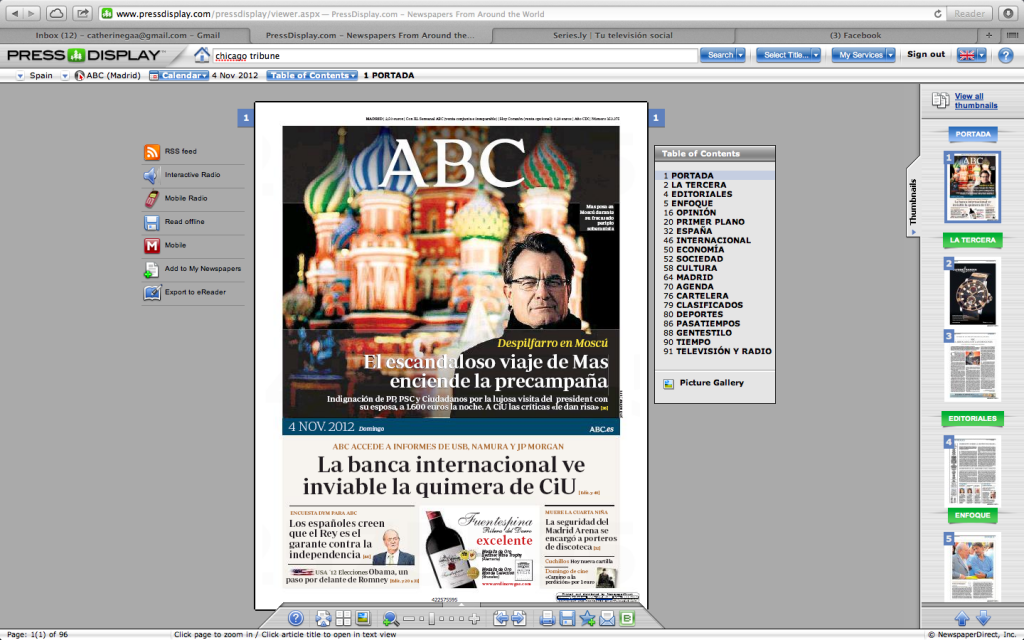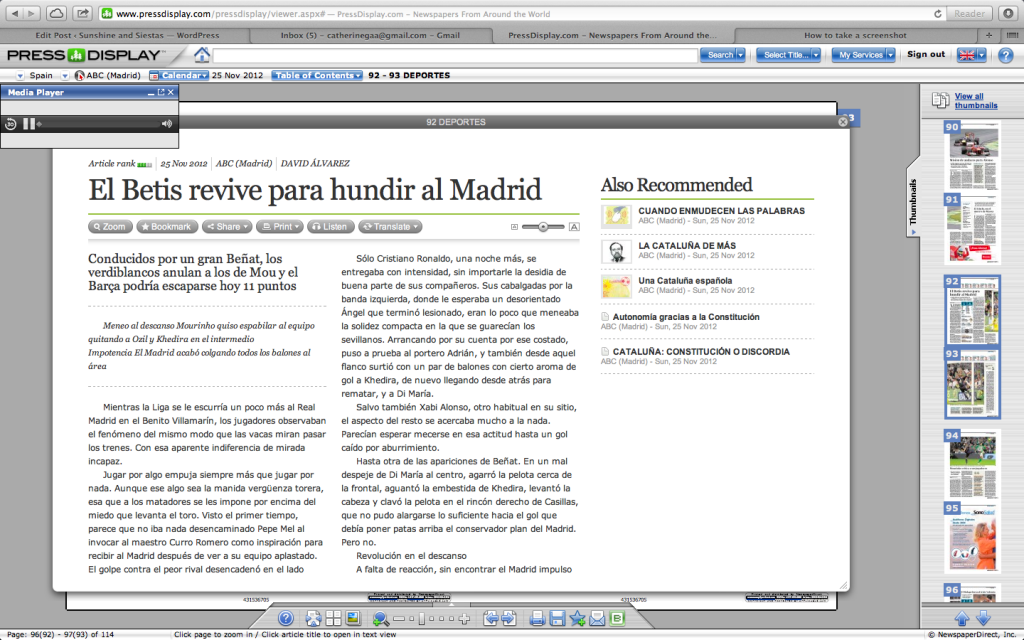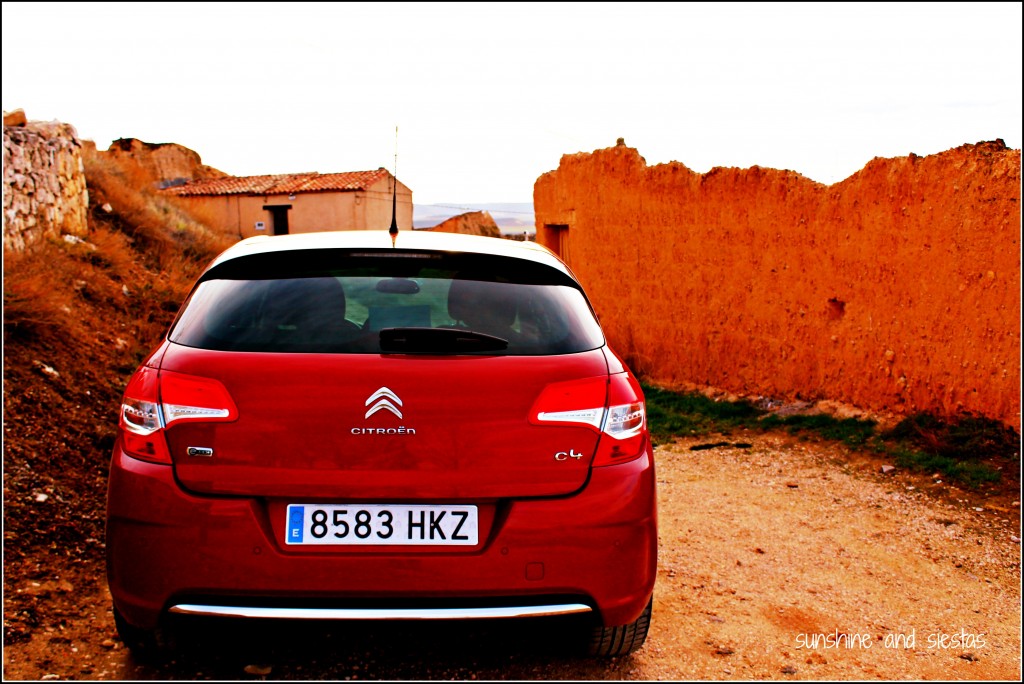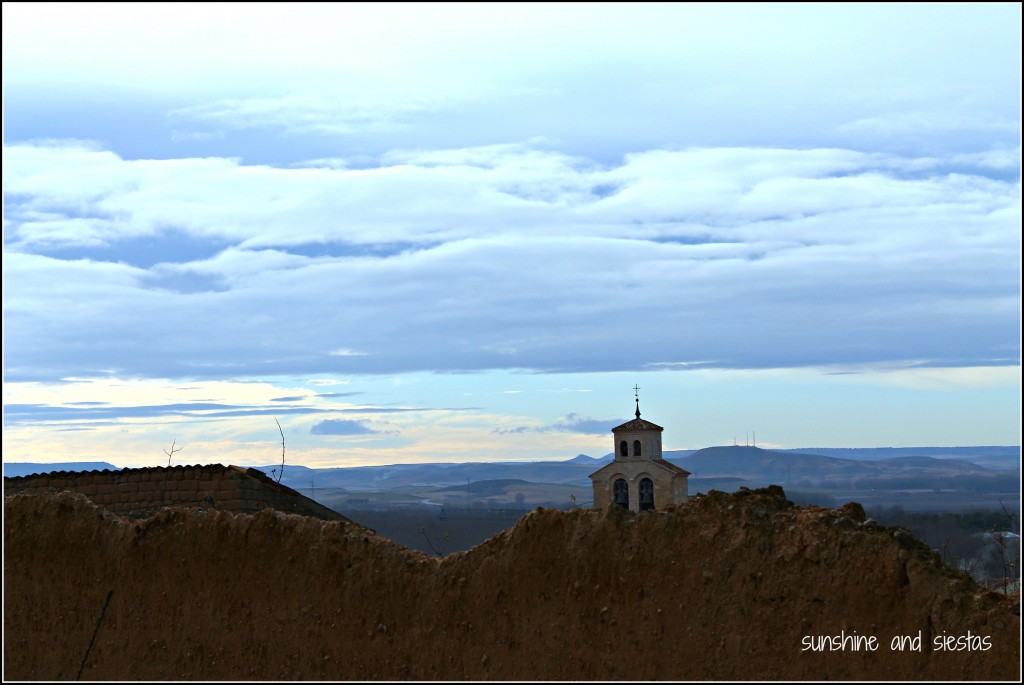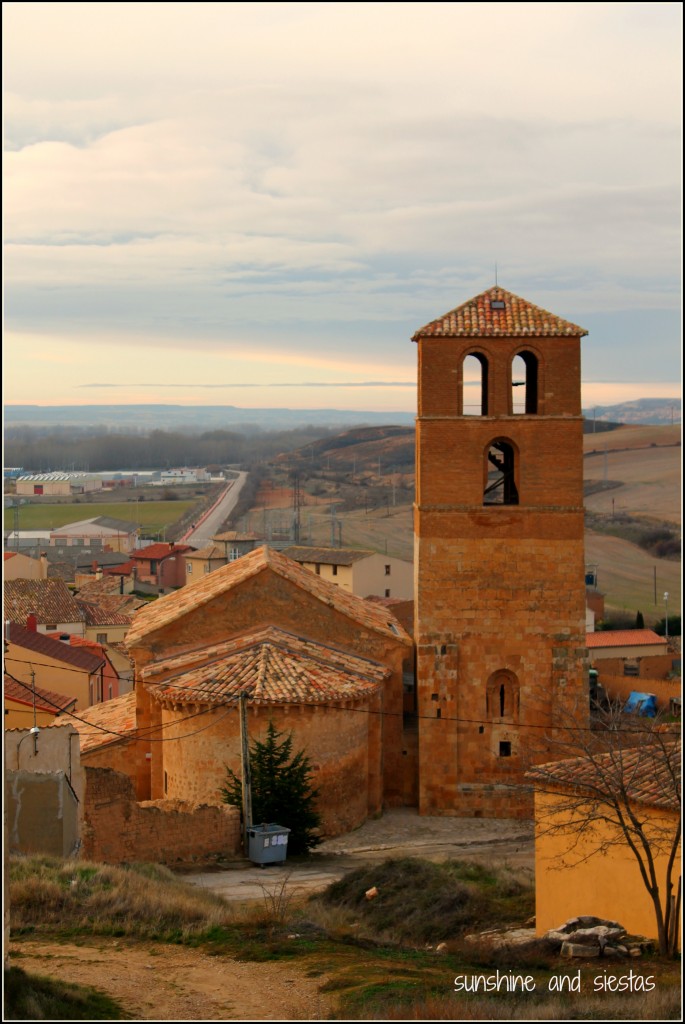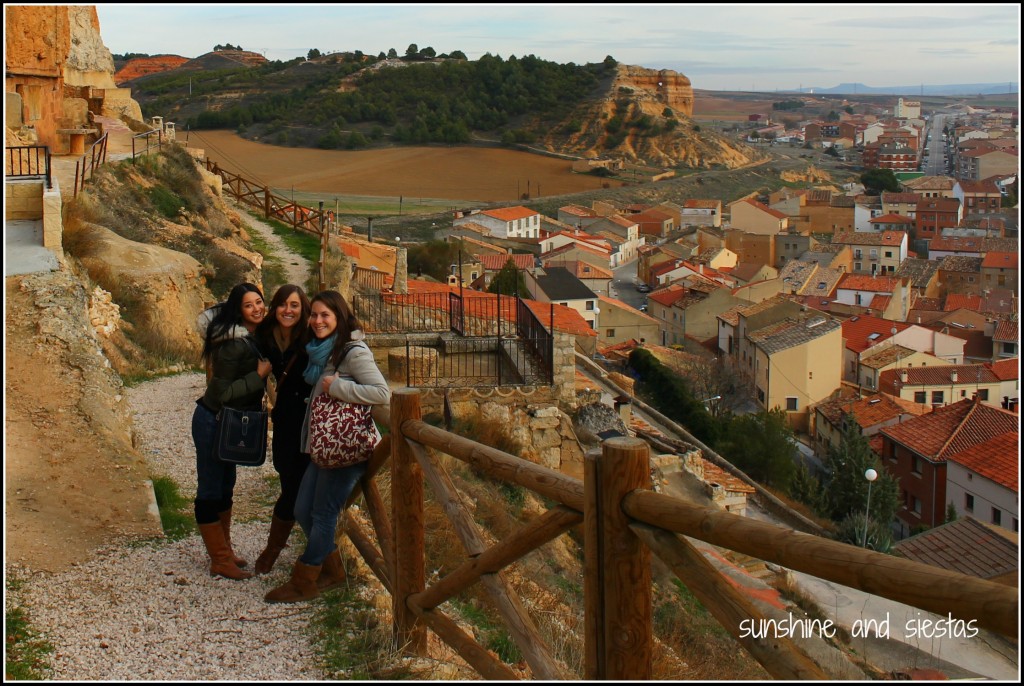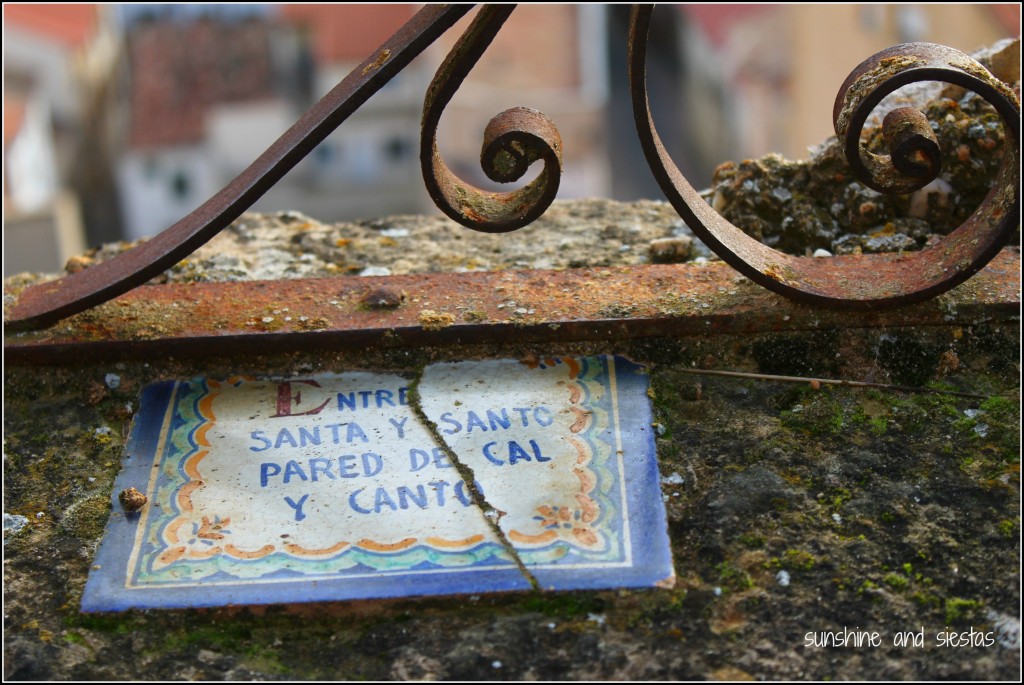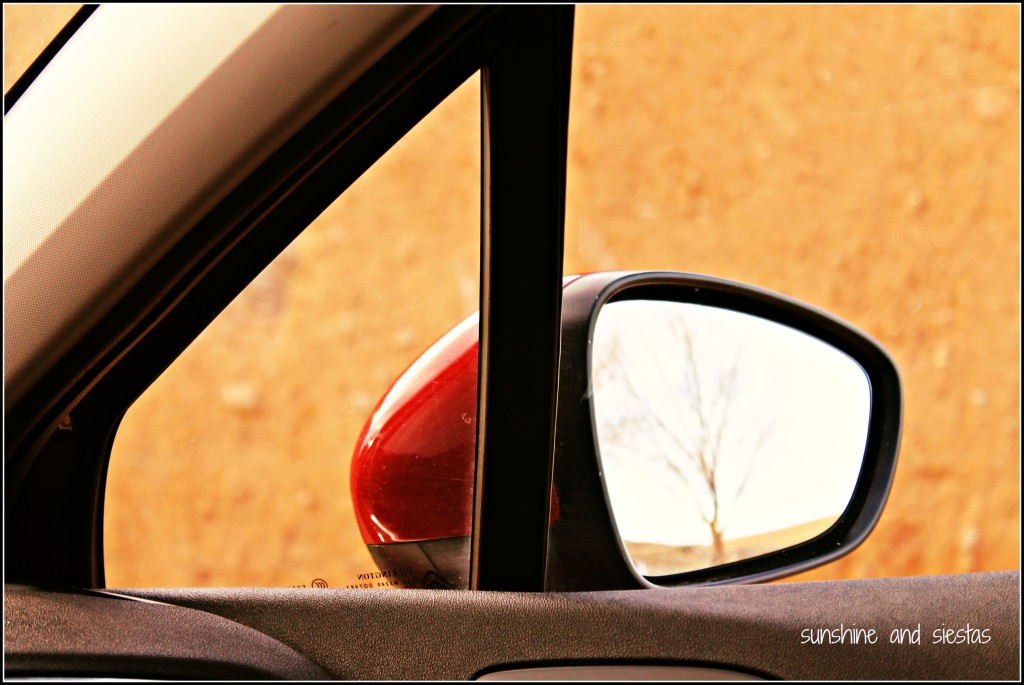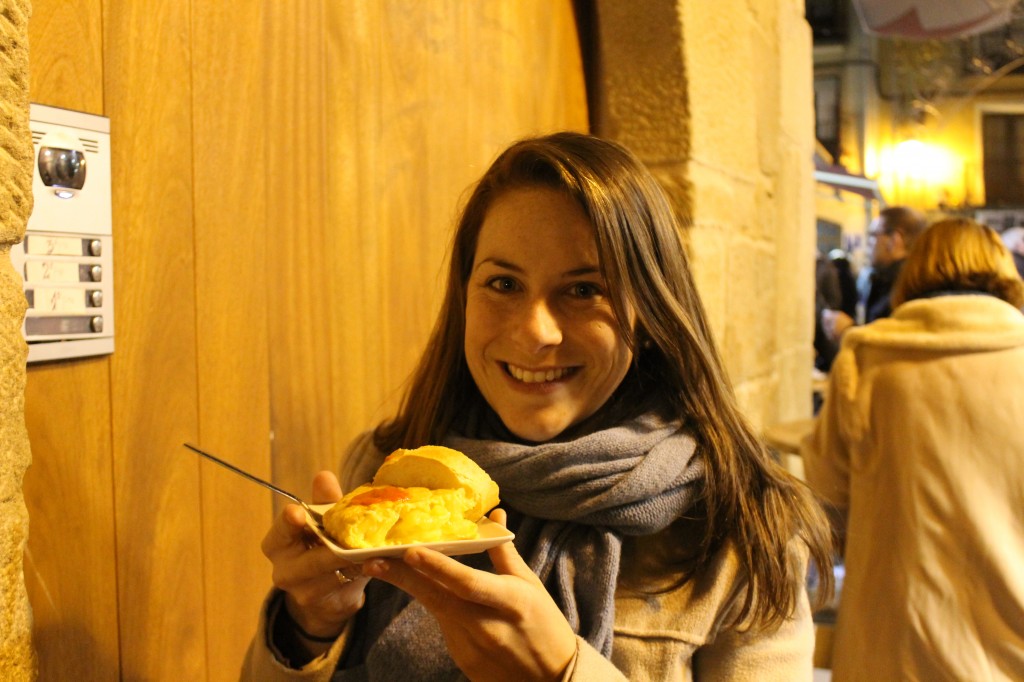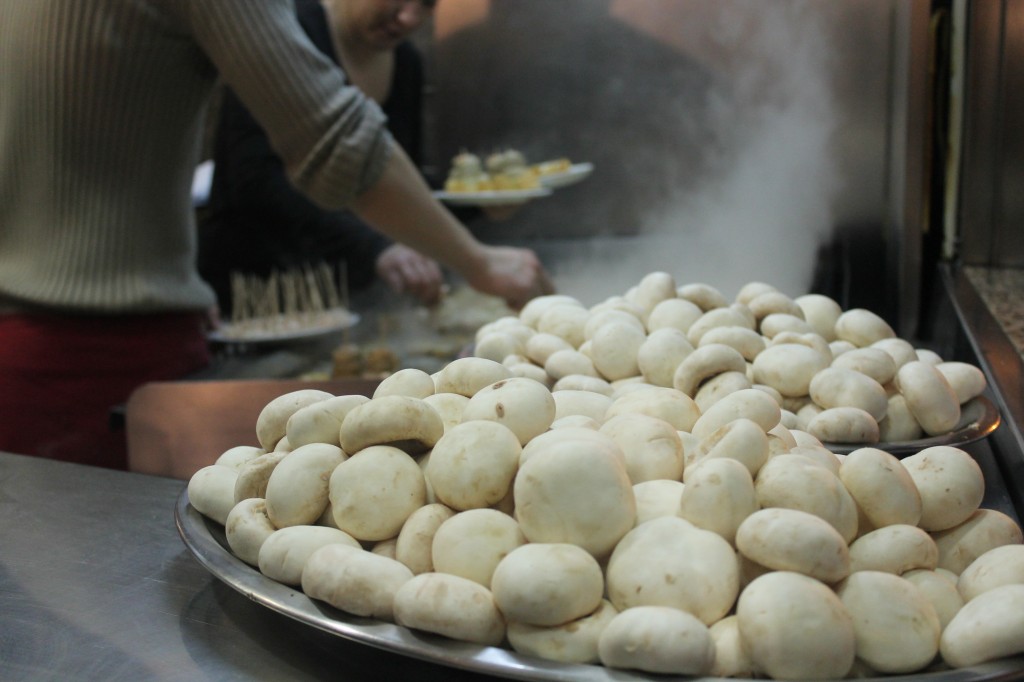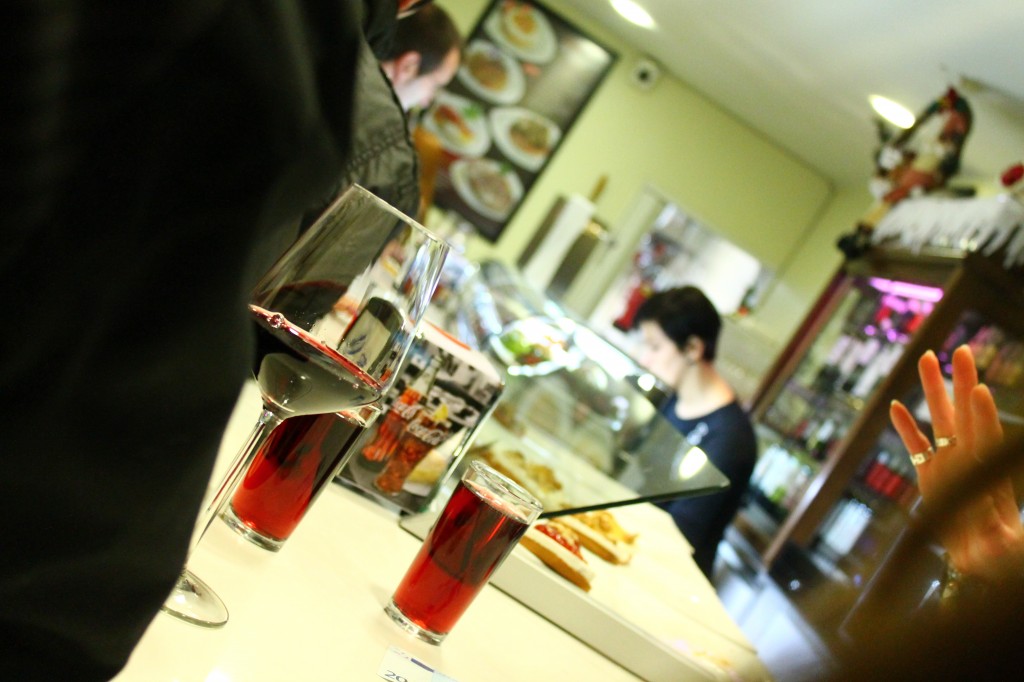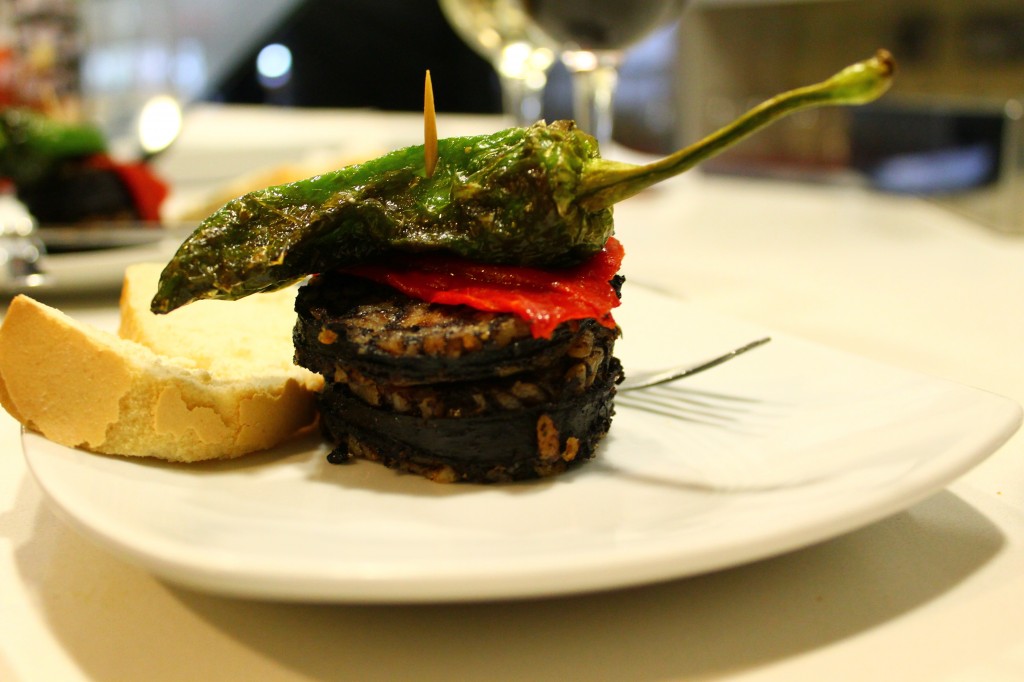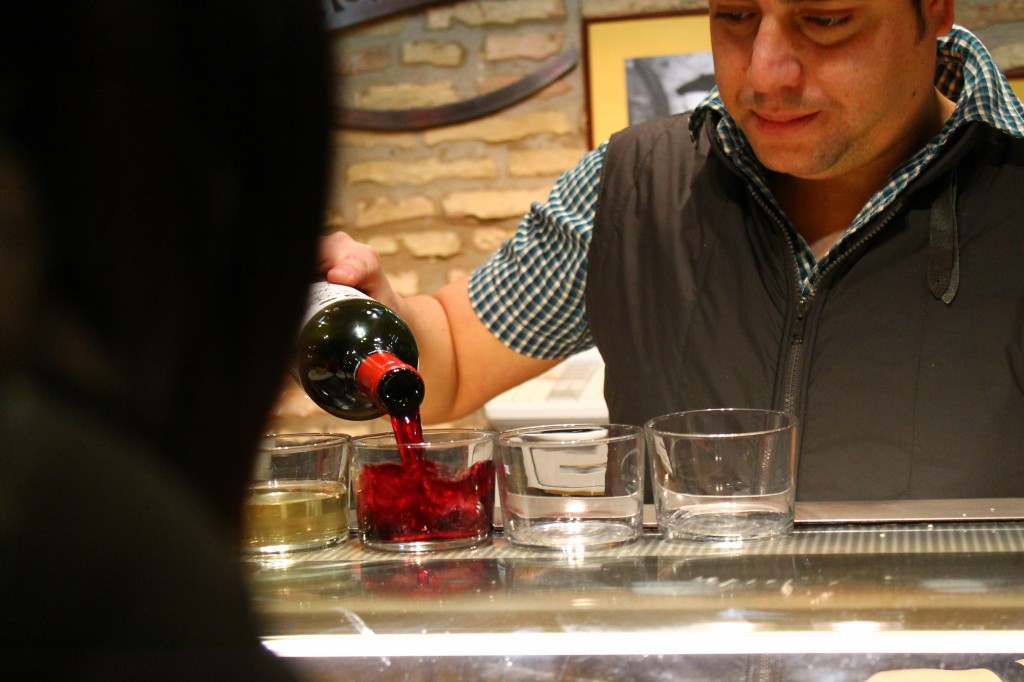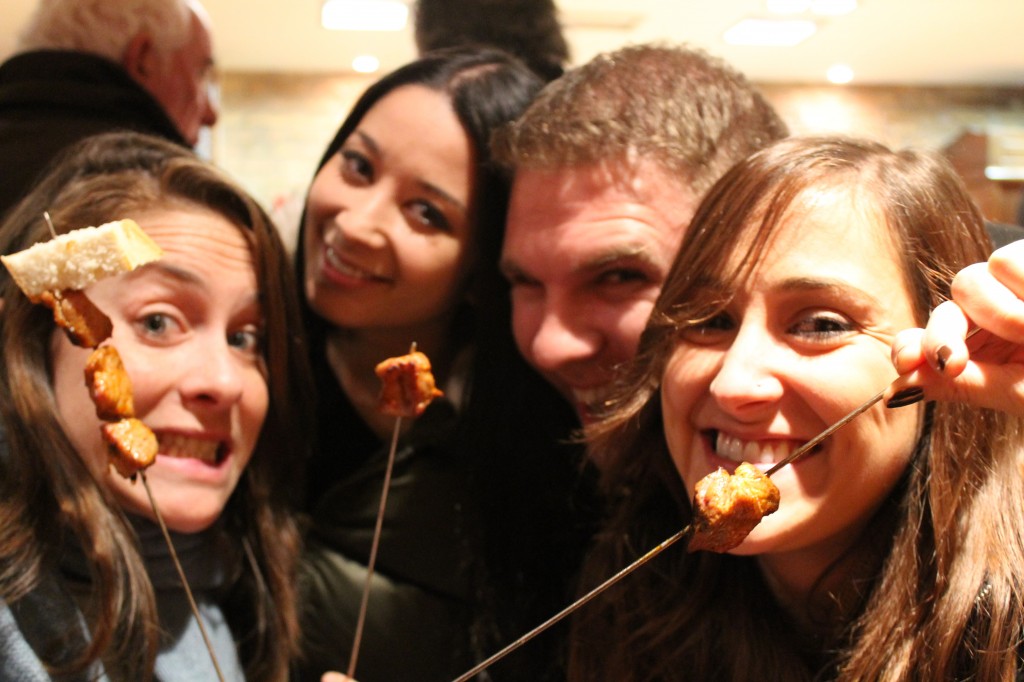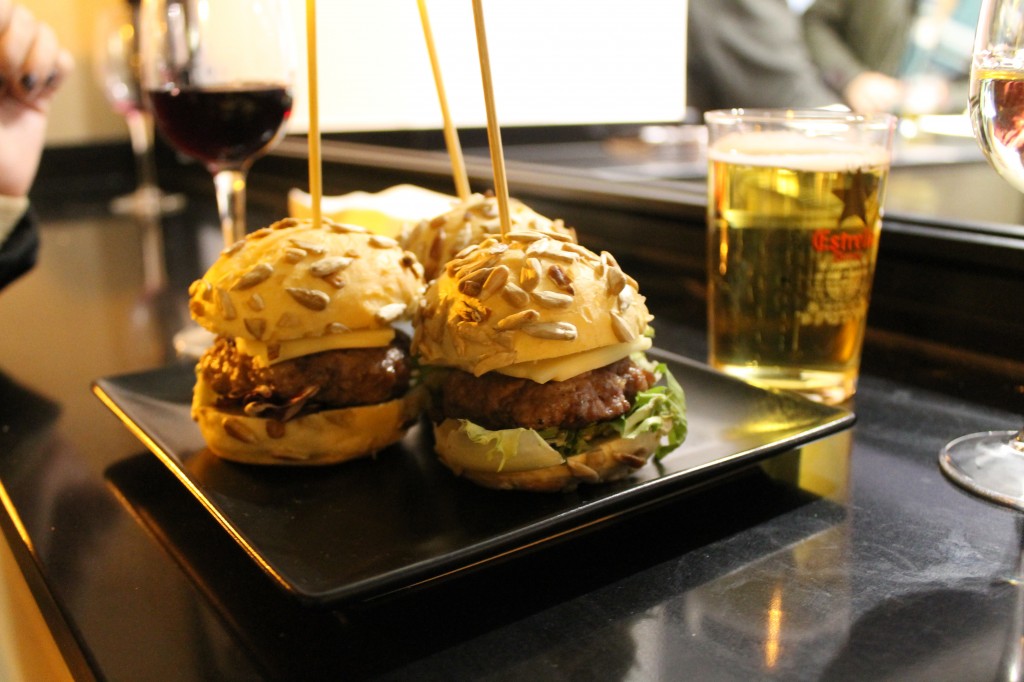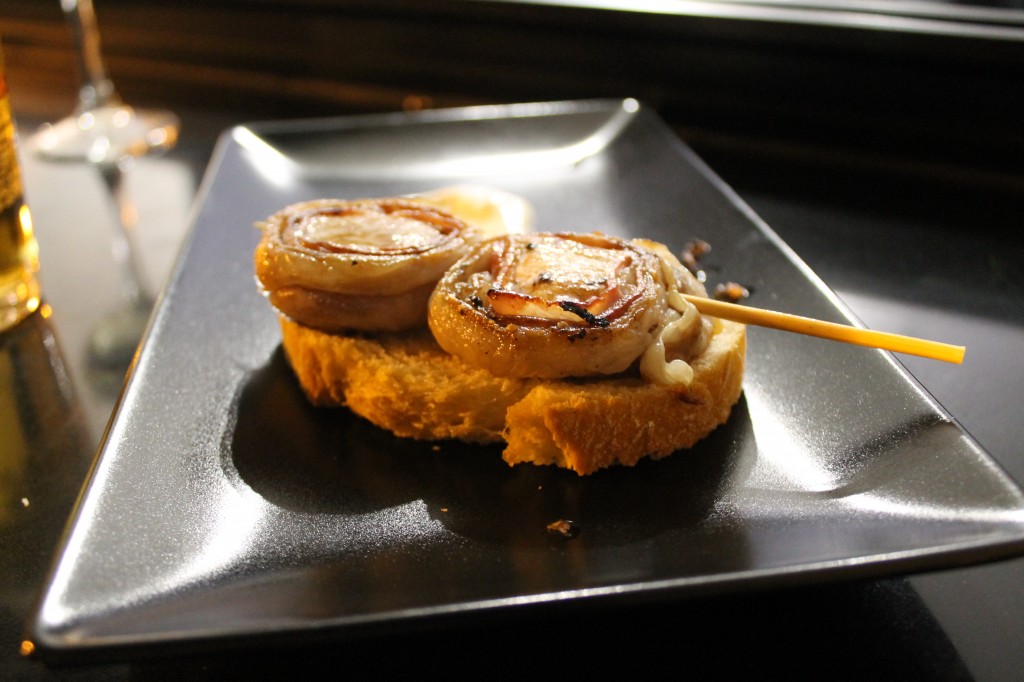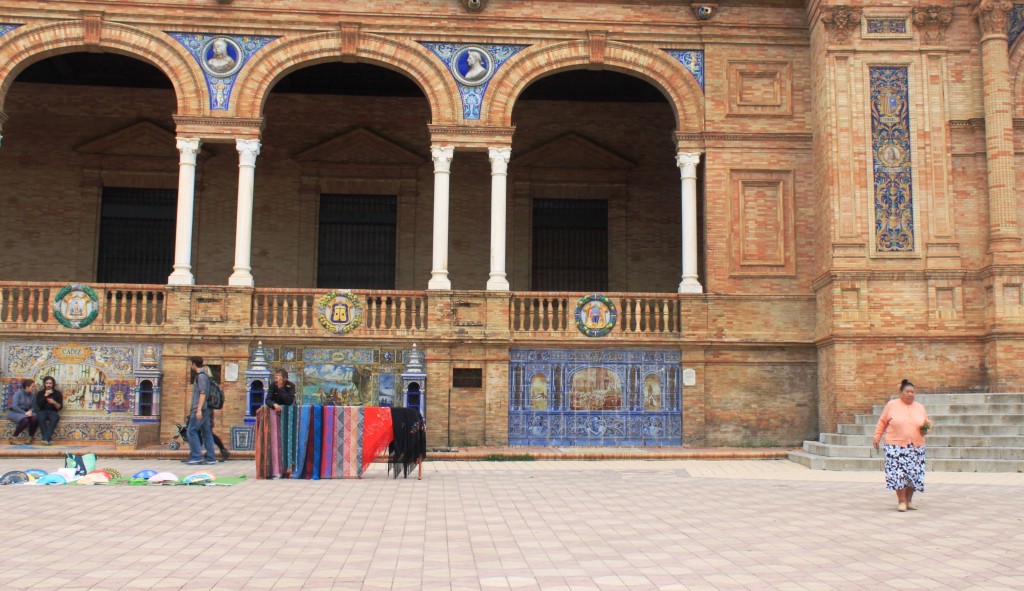Thinking of moving to Spain, like me? Among the questions I get weekly, from what to pack, to how to find a job and secure a visa, is about money. I don’t have very much of it, don’t make very much of it and spend farrrrr toooo much of what I do have, so I had to go to an expat money expert to get the answers to your questions, especially regarding whether or not it’s safe to buy euros before coming over. Here are Peter Lavelle of Pure Fx’s six tips to get the best foreign exchange rate when you do make it across the Charca.
If, like Cat, you’re relocating to Spain, you may have seen the news about the Eurozone crisis and wondered, “Is it safe for me to buy euros?”
Yes, it’s absolutely safe to buy euros. So go crazy.
There’s practically no risk of the euro collapsing, nor of you waking up one morning to find Spain has left the common currency as had been discussed, and your euros have been converted into pesetas.
Here’s why:
Since the height of the crisis last Summer, the “existential” threat to the euro has been removed.
This is thanks to European Central Bank president Mario Draghi who last Summer promised to do “whatever it takes” to preserve the common currency, which means he’d pump unlimited sums (we’re talkin’ billions and billions) into the financial system, if need be. This means that the confidence in the euro has come back from the abyss just in time for all of Europe to take their summer holidays.
What’s more, there’s massive political will holding the euro together.
If there’s one thing we learnt last year, it’s that Europe will endure a lot to hold the euro together, including bailing out 5 (count ’em, 5) countries. This is because, for many Europeans, the Eurozone marks a concerted effort to put an end to centuries of conflict in Europe, which culminated of course with World War II. Were the euro to fall, it would bring an end to the post-war consensus, and a half century of European integration.
Given that, the euro isn’t going anywhere. You don’t have to worry when you buy the common currency!
So, how can you get the best rate on your euros before crossing the Charca? Peter lists several tips, as simple as researching the exchange rate the moment you’re even considering a move to Spain, matching up the exchange rates on Google using their tools that date back to 2009 and know that the euro and the almighty buck are never, ever getting back together (as in evening out…those were the days!)
And this gem: If you like the exchange rate, but don’t want to send your money to Spain, set up a forward contract.
This is because a forward contract lets you “lock in” the exchange rate at a point you like. For example, you may lock the US dollar in at 0.80 to the euro. Then, when you finally come to exchange currencies, you’ll get 0.80 to the euro, even if the exchange rate has fallen to 0.75 in the meantime. You’re therefore protected against future declines in the exchange rate.
Money and banking in Spain – especially with financial commitments in your home country – can be a huge, time-consuming pain in the culo. Keep these tips in mind, and you’ll get the best possible exchange rate when you move to the land of sunshine and siestas! Got any other questions? Leave them in the comments below, and we’ll try and answer them for you.
Peter Lavelle is a currency broker at foreign exchange specialist Pure FX.


